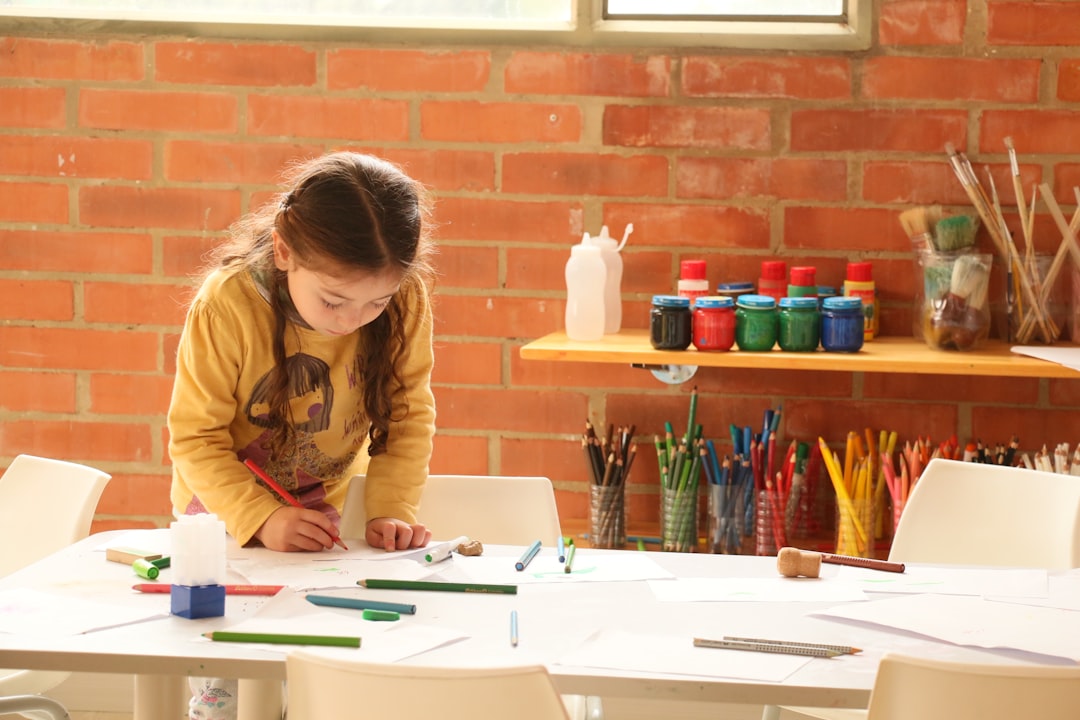Creating a Positive Classroom Environment
A positive classroom environment is absolutely crucial for effective teaching and learning. It not only enhances students’ academic performance but also promotes their overall well-being and happiness. As educators, it is our responsibility to create a safe, welcoming, and inclusive classroom environment that encourages active participation, fosters positive relationships, and promotes mutual respect and understanding among all students. Here are some practical strategies that can help in achieving this goal:
First and foremost, it is essential to build a strong sense of community within the classroom. Students should feel like they are an integral part of the learning process and that their opinions and ideas matter. One way to achieve this is by creating a class mission statement together. Allow students to brainstorm and contribute towards defining the shared goals and values of the classroom. Display the mission statement prominently in the classroom as a reminder to both students and teachers.
Teachers should also focus on getting to know their students on a personal level. Take the time to learn about their interests, hobbies, and individual strengths and challenges. This not only helps in building positive relationships but also enables teachers to adapt their teaching methods to suit the needs of each student. Consider using ice-breaking activities or conducting one-on-one interviews to facilitate better understanding and rapport.
Maintaining a supportive and respectful tone within the classroom is crucial for creating a positive environment. Encourage students to communicate with each other in a respectful manner and model this behavior yourself as a teacher. Establish clear guidelines for classroom discussions and encourage open dialogue where every voice is valued. Teach students effective communication skills, such as active listening, empathy, and conflict resolution, to foster a healthy classroom dynamic.
Celebrating diversity and promoting inclusivity is another essential aspect of creating a positive classroom environment. Embrace diversity by incorporating culturally relevant teaching materials and incorporating global perspectives into the curriculum. Display multicultural decorations and encourage students to share their own cultural traditions and perspectives with the class. Celebrate special events and holidays from different cultures, fostering an appreciation for diversity and promoting a sense of belonging for all students.
Incorporate cooperative learning strategies into your classroom routine. Encourage students to work together and learn from one another. Group projects, peer evaluations, and collaborative discussions not only foster teamwork but also allow students to develop important social skills. It is important to assign groups and partners thoughtfully, taking into account compatibility, diverse perspectives, and the need for equity.
A visually appealing and well-organized classroom environment can have a significant impact on students’ engagement and productivity. Create a space that is bright, welcoming, and reflects the students’ interests and achievements. Display student work, motivational quotes, and educational resources. Keep the classroom organized and clutter-free, providing clear spaces for materials, books, and assignments. This creates a sense of order and reduces distractions, allowing students to focus on their learning.
Incorporate opportunities for student autonomy and choice in the classroom. Provide students with options for assignments and activities whenever possible. Allow them to explore their own interests and make decisions about their learning path. This encourages a sense of ownership and responsibility and promotes higher engagement and motivation.
Finally, ensure that your classroom is a safe and nurturing environment. Establish clear rules and consequences that are fair and consistently enforced. Address any instances of bullying or disrespectful behavior immediately, showing zero tolerance for such actions. Encourage students to be kind and supportive of one another.
Creating a positive classroom environment is an ongoing process that requires continuous effort and reflection. Regularly solicit feedback from students and incorporate their suggestions for improvement. Be open to adapting your teaching methods to better suit the needs and preferences of your students. Remember, a positive classroom environment not only enhances academic performance but also contributes to the holistic development of each individual student. By implementing these strategies, we can create a classroom where students feel happy, safe, and motivated to learn, setting them up for success in both their academic and personal lives.








